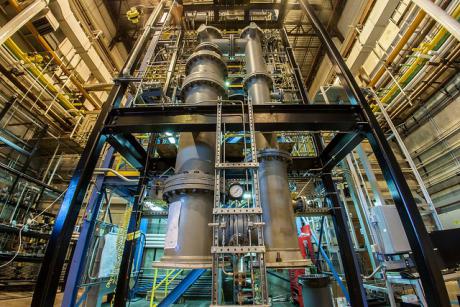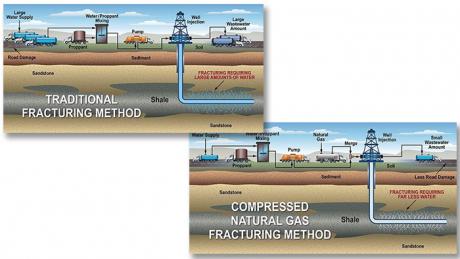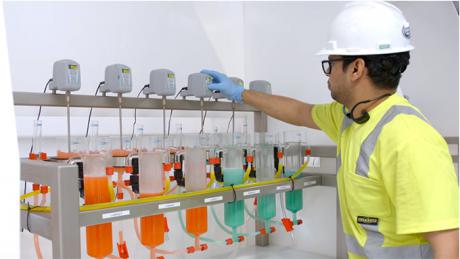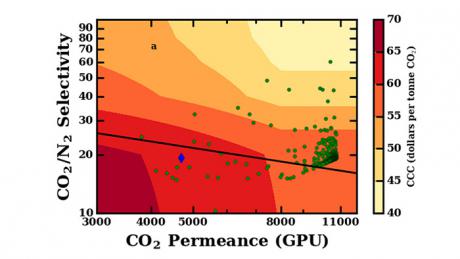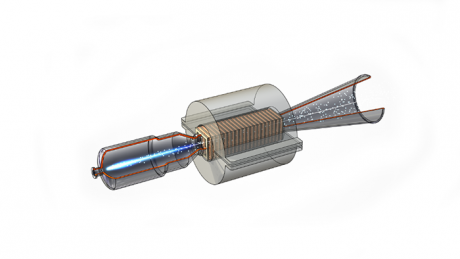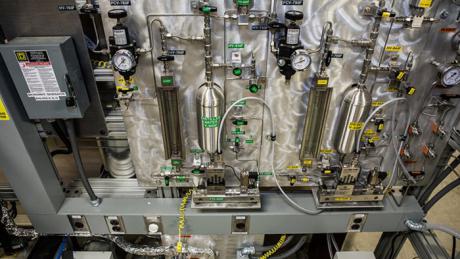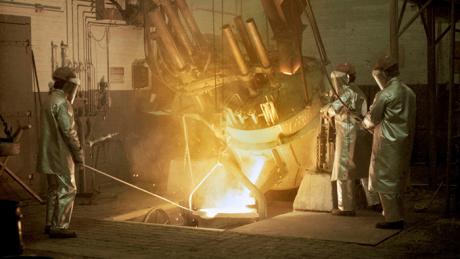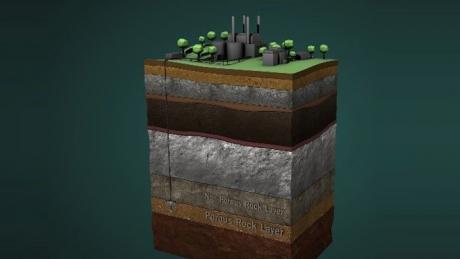ClearPath Foundation, a non-profit organization that specializes in developing policies and research that supports clean energy initiatives through small government, free markets, and American innovation will visit NETL in Morgantown, West Virginia, Tuesday, Dec. 4 to learn about the Laboratory’s work on carbon capture and storage, solid oxide fuel cells, systems engineering analysis, chemical looping, and hybrid performance – technology research areas with potential for advancing clean energy innovations.
NETL, the nation’s only National Laboratory dedicated to fossil energy research, today launched a new website that highlights the Laboratory’s mission, research news, educational offerings, core competencies, business opportunities, and technologies available for commercialization.
The new website, https://netl.doe.gov/, offers access to the latest research information generated by the Laboratory on oil, coal, natural gas and other energy topics as well as posts about NETL’s work by news organizations from around the nation.
The U.S. Department of Energy’s (DOE) Office of Fossil Energy (FE) announced its intent to fund competitive research and development (R&D) efforts in Fiscal Year (FY) 2019 that will advance first-of-a-kind coal generation technologies.
Hydraulic fracturing technology advanced by the U.S. Department of Energy (DOE) helped boost domestic natural gas production to unprecedented levels by enabling exploration of shale formations that were previously not recognized as a resource. Now, DOE’s National Energy Technology Laboratory (NETL) and its research collaborators are working to enhance hydraulic fracturing technology by using natural gas produced from unconventional wells to reduce water consumption and the associated environmental impacts.
An NETL-managed project is making impressive progress toward developing a state-of-the-art facility to produce a domestic supply of valuable mixed rare earth compounds from coal and coal byproducts.
Fifteen lanthanide elements within the periodic table, including scandium and yttrium, are referred to as rare earth elements (REEs). They are essential components in many modern technologies — including cell phones, medical devices and national defense systems — yet challenging to extract, with China providing the bulk of the world’s supply.
An ambitious NETL project aimed at making membrane-based carbon capture more affordable for power plants is highlighted in the latest edition of the high-impact journal Energy and Environmental Science.
More than 35 years ago, researchers at the U.S. Department of Energy (DOE) worked on a promising technology to advance high-efficiency coal power generation using a device called a magnetohydrodynamic (MHD) power generator. Their goal was to successfully develop a topping cycle based on the physics of MHD, whereby the forces and properties of electrically conductive fluids, such as plasmas, interact with an applied magnetic field to produce electrical power.
NETL researchers are unleashing the power of microwaves to convert fuels like coal, oil and natural gas into marketable fuels, chemicals and products. In addition to providing higher yields with lower temperatures and less energy, this work is also advancing understanding of the science behind the reactions through state-of-the-art bench-scale facilities with an eye toward scalable and economically viable systems.
NETL, the U.S. Department of Energy’s (DOE) only national laboratory devoted to advancing fossil energy technology, will host a special workshop Wednesday, Nov. 14 at the Pittsburgh Airport Hyatt Regency Hotel devoted to the development of a vital domestic materials supply chain for advanced coal-based power generation.
The U.S. Department of Energy’s (DOE) Office of Fossil Energy (FE) has issued a Request for Information (RFI) on the development of transformational sensing capabilities for monitoring parameters associated with subsurface carbon dioxide ( CO2) storage.





